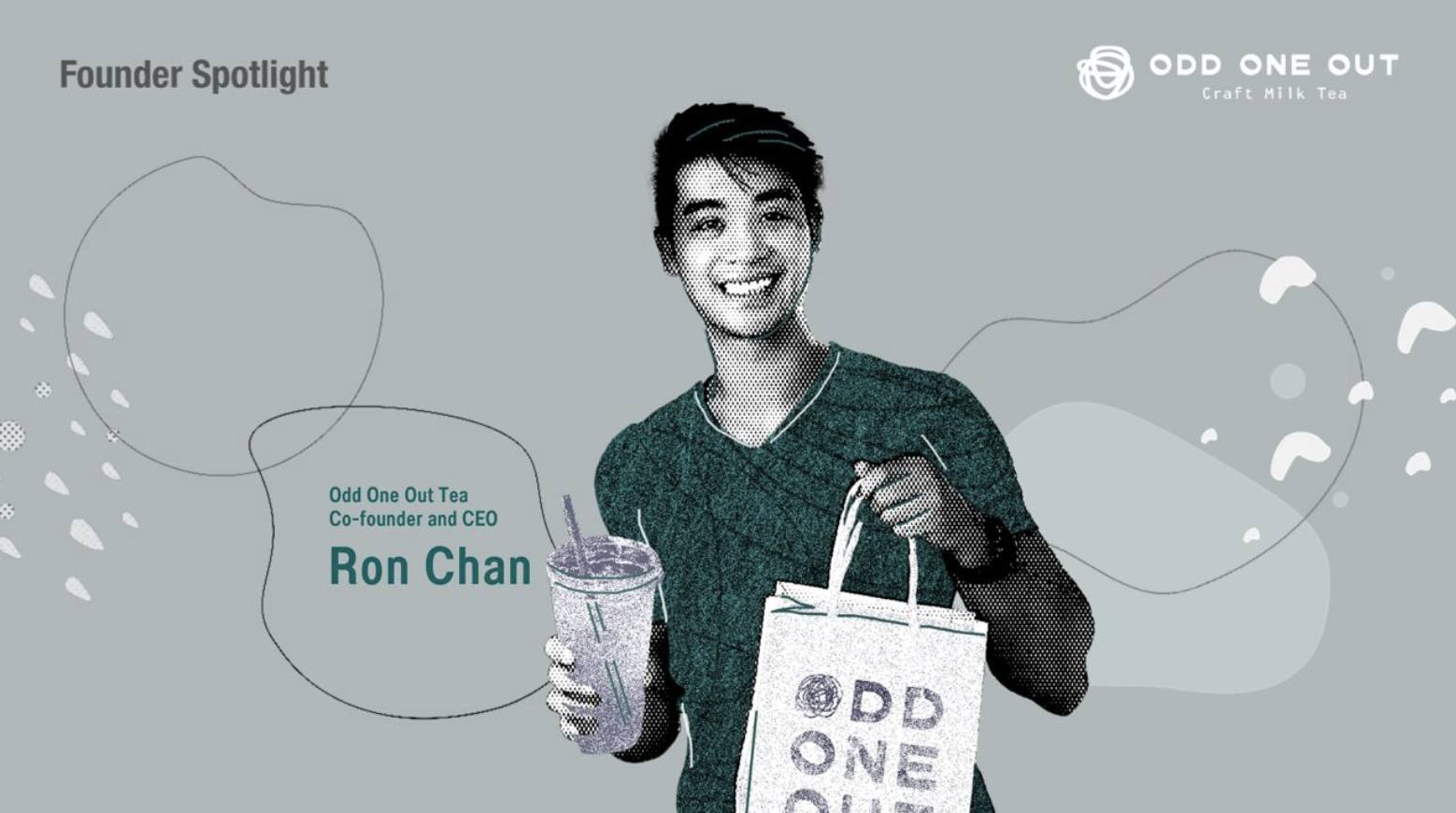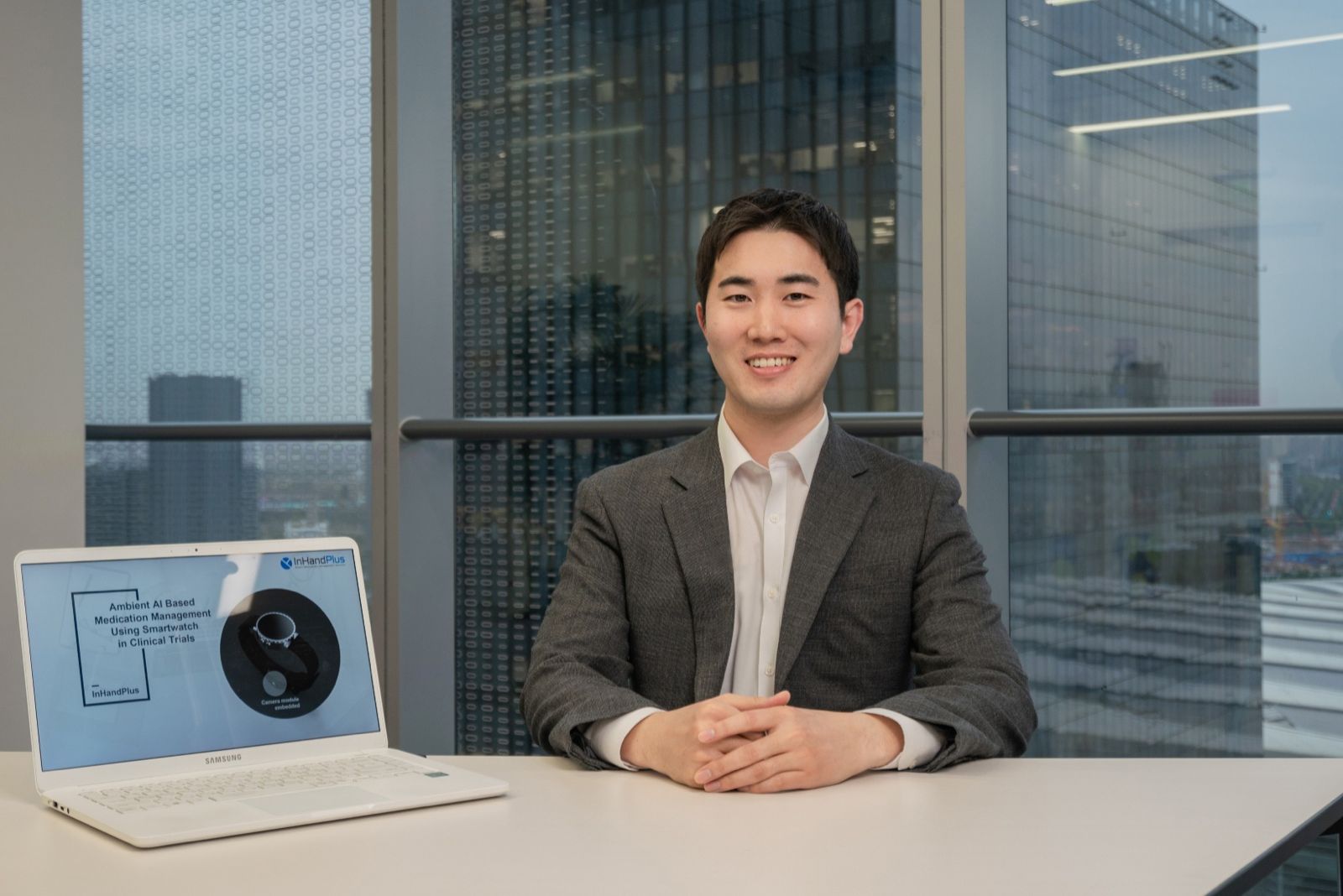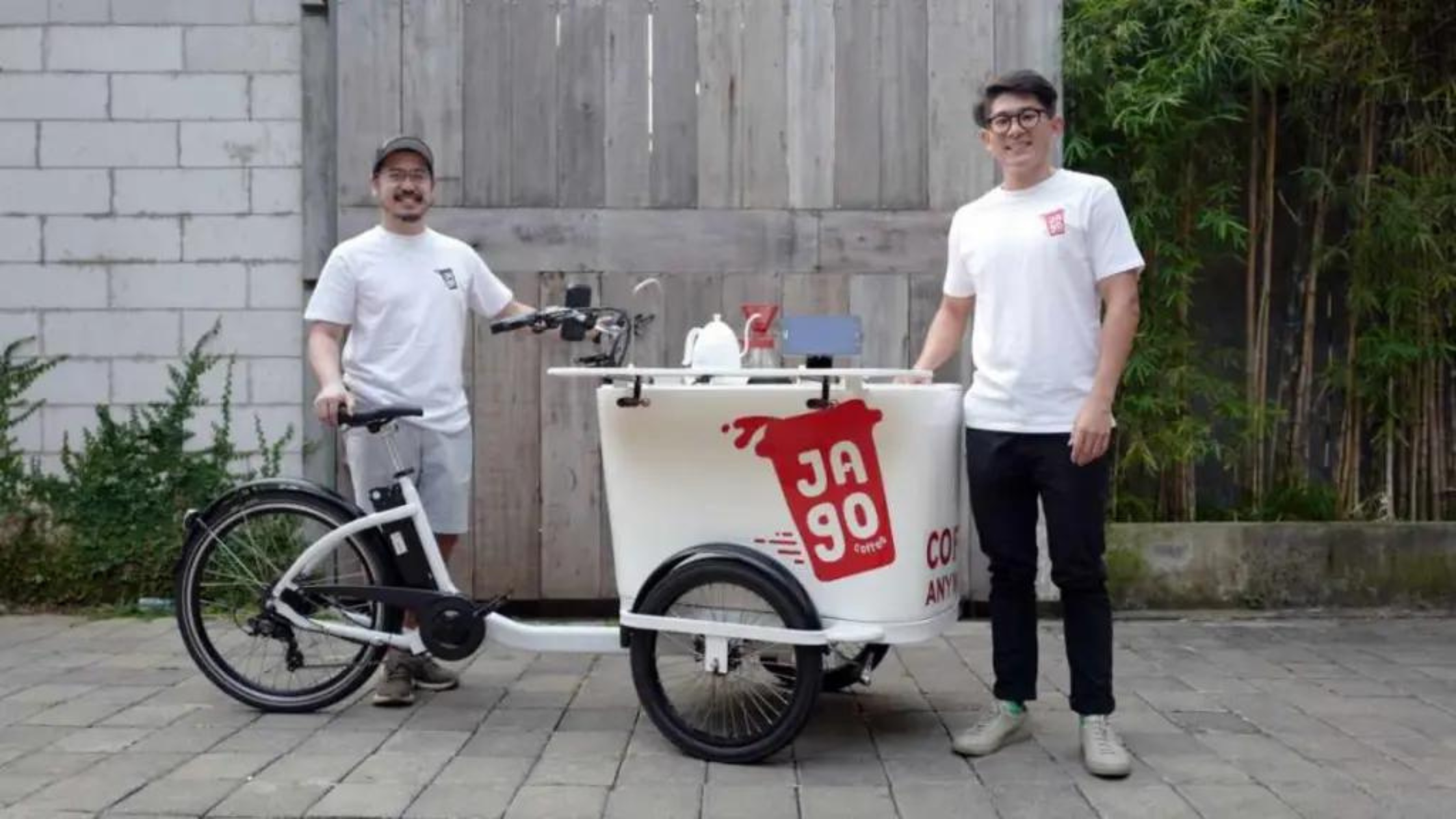AsiaTechDaily – Asia's Leading Tech and Startup Media Platform

Riding the Boba Tea Craze: How ODD ONE OUT Conquered American Taste Buds With Its Premium Milk Tea
If we were to guess which Taiwanese street food has the potential to catch on in America, boba milk tea would definitely top the list. “In Los Angeles, beverage shops can be found almost everywhere,” says Ron Chan, the founder of ODD ONE OUT TEA, a boutique Taiwanese beverage franchise. Discussing the “boba milk tea phenomenon” that has swept the United States in recent years, he continues, “This craze just started five years ago, and the market is continually becoming more competitive.”
Boba tea has expanded beyond Taiwan’s borders and gained popularity around the world. In Los Angeles, there are eight such beverage shops on Sawtelle Boulevard alone, most of which are Taiwanese brands. Everywhere you look, long lines of people can be found queuing up to buy a cup of milk tea. In fact, boba tea shops are popping up all over the United States. According to a Yelp survey of seven U.S. city clusters, the number of these shops increased by 60% between 2019 and 2022.
It’s not just the average person who’s enjoying boba milk tea, either – it’s been winning over politicians, businesspeople, and celebrities alike. Former U.S. Secretary of State Hillary Clinton was pleasantly surprised when she tasted bubble milk tea for the first time during her 2016 presidential campaign; Bill Gates once officially declared on social media that boba tea was among his favorite drinks; even Starbucks has introduced its own “popping pearls” in an attempt to capture a share of the boba market. With the support of celebrities and the spread of social media, boba has entered daily American life to become a mainstream beverage in just a few years.
However, no matter how competitive and saturated the market may be, there are still business opportunities waiting to be uncovered.
ODD ONE OUT TEA is a new beverage franchise jointly created by Ron Chan, former CEO of FoodPanda in Taiwan, and Patrick Sun, who has more than 15 years of experience operating major global catering companies in the Asia-Pacific region. Despite entering a fiercely competitive landscape, they were able to identify unmet market demands.
Adapting to Market Dynamics: Differing Strategies in Taiwan and the United States
Milk tea lovers should visit ODD ONE OUT’s concept store in Taipei to fully appreciate the vision that led Chan to create his unique franchise. This shop was specially designed by The Lo & Behold Group, a Michelin-starred food and beverage group based in Singapore. Nestled within the bustling streets of Taipei’s East District, ODD ONE OUT stands out as a quiet oasis with its simple yet artistic design. It’s become a favorite of many locals and a must-visit destination for tourists.
(Source: Odd One Out)
In addition to the building’s distinctive style, the beverages served there also fully reflect the spirit of the franchise.Chan explained that the idea for ODD ONE OUT was inspired by the art of mixology. Therefore, he enlisted experts from the tea and mixology professions to design new beverages, replacing the alcohol with tea. Additionally, ODD ONE OUT only uses high-quality tea grown by local farmers in Taiwan, grinds the tea leaves fresh, and brews each cup with a tea extractor. Uncommon ingredients such as juniper jelly, white fungus, wild ginger flowers, and blue spirulina are added to beverages and paired with fresh handmade syrups that include flavors like longan honey, lemongrass, and lavender to create a rich specialty menu.
(Source: Odd One Out)
This approach may be considered unique in Taipei, but the United States market requires a different strategy altogether.
Chan explained that as a former technology entrepreneur, he understands the importance of being able to pivot quickly. However, when he ventured into the beverage world, he mistakenly believed that everything had to be meticulously prepared before a shop could be opened. “I thought that in the food and beverage industry, every detail had to be optimized before the launch, but that’s not really the case. We spent too much time and resources getting the Taipei store ready when we should have just done some market testing to finetune our approach. That way, we could have launched our products more quickly.”
Therefore, when he entered the US market, he prioritized efficiency and avoided spending excessive time and costs on renovations. The ODD ONE OUT shop in Los Angeles was designed by Ron Chan himself and his friends. It’s smaller than the one in Taipei, and the decorative style is even simpler. In terms of product design, the menu is based on the milk tea lineup preferred by American consumers and omits many of the specialty drinks and ice gelato options offered in Taipei.
Find the Product-Market Fit for Natural Growth
Finding the product-market fit is crucial to the success of a business when entering a new market, and a milk tea franchise is no exception.
Chan said that even though ODD ONE OUT in Los Angeles is neither located in the busiest or most competitive area, nor is it heavily promoted through advertising, it still attracts numerous customers who line up daily. Some even take detours from their usual route just to visit. Once the company identified the right product-market fit, sales increased tenfold within just a few months.
When he first opened the store in Taipei, Chan felt that Taiwan’s beverage market was too competitive. The habit of drinking a beverage after a meal had already become deeply ingrained in Taiwanese culture. “The quality of beverages in Taiwan is generally above-average, and consumers want drinks that are delicious, affordable, and easily accessible.” Such expectations inevitably spark competition.
In the US market, however, he observed that although the beverage market is becoming more and more saturated, the quality of beverages remains inconsistent, without any single brand dominating the market. “This was when I started thinking, ‘What can we do to set ourselves apart?’”
“I evaluated my strengths and concluded that rather than competing with others on price, I would focus on building a strong brand. In the United States, we identified two brands that were doing particularly well: one was Taiwan’s CHICHA San Chen and the other was OROBAE. Both of them are premium brands, so although prices are on the expensive side, there are people who consistently line up for them. Sometimes you may have to wait 40 minutes to an hour or more to buy a drink.”
Chan explained, “The beverage craze in the United States is gaining momentum as consumers are more willing to spend money and time on a good product. They will even go far out of their way to get it – which is very different from Taiwanese consumers – and it presents us with an opportunity.”
Creating Two Major Differentiators for Market Segmentation
Following his observations, Chan decided not to lower prices on his products for the U.S. market, but instead remain competitive by making premium products that would differentiate them from the rest of the market.
The first differentiator lies in the product itself.
While most boba tea franchises in the United States offer a limited range of tea-based menu items, ODD ONE OUT exclusively uses high-quality, high-altitude tea leaves from Taiwan. For instance, their menu features five types of oolong tea, each of which has undergone different degrees of fermentation, giving consumers more choices.
ODD ONE OUT also introduced their signature “Silk Boba,” combining tapioca and grass jelly to produce an all-new “pearl” with the translucent and chewy texture of jelly fig seed and a hint of jasmine tea. It quickly became ODD ONE OUT’s best-selling product, growing in popularity among American consumers.
(Source: Odd One Out)
The company also differentiates itself by its service. Chan explained that when consumers enter the store, they can sample various teas, silk boba, and cream foams before deciding which beverage to enjoy. As customers wait for their beverages to be prepared, they can indulge in the fragrant aroma of the tea, while the staff uses the opportunity to talk about the spirit of ODD ONE OUT, enriching all of the customers’ senses.
By finding the right product-market fit and successfully differentiating itself in terms of products and services, ODD ONE OUT has grown rapidly without needing to heavily invest in advertising. Return customers account for about 45% of the daily visits to the store, leading to a tenfold increase in sales in a short period. Chan’s confidence was evident as he talked about his success in the United States. “What’s especially remarkable is that the customers we attract aren’t just ABCs and Asians. With non-Asians making up about 25% of our customer base, it’s especially satisfying to hear them take a sip and say, ‘This is so good!’”
Ron Chan is optimistic that the boba craze will continue and plans to open more shops in the United States. He also hopes to introduce other brands and quality products from Taiwan to the global market.
Key Takeaways
- Ron Chan’s Market Adaptation: Ron Chan adapted his strategy for the U.S. boba tea market by focusing on efficiency and responsiveness to American consumer preferences, contrasting with the detailed approach used in Taipei.
- Differentiation Strategy: ODD ONE OUT differentiated itself in the competitive market by offering unique products like “Silk Boba” and providing exceptional customer service, thereby establishing itself as a premium brand.
- Founders’ Market Insight: The founders leveraged market insights to build a brand identity, focusing on high-quality, unique products rather than competing on price, which helped them stand out in a saturated market.
This article is part of a partnership with Cherubic Ventures. Founded in 2014, they are an early-stage venture capital firm that’s active in both the US and Asia, with a total AUM of 400 million USD. Focusing on seed stage investments, Cherubic aims to be the first institutional investor of the next iconic company and back founders who dare to dream big and change the world.





